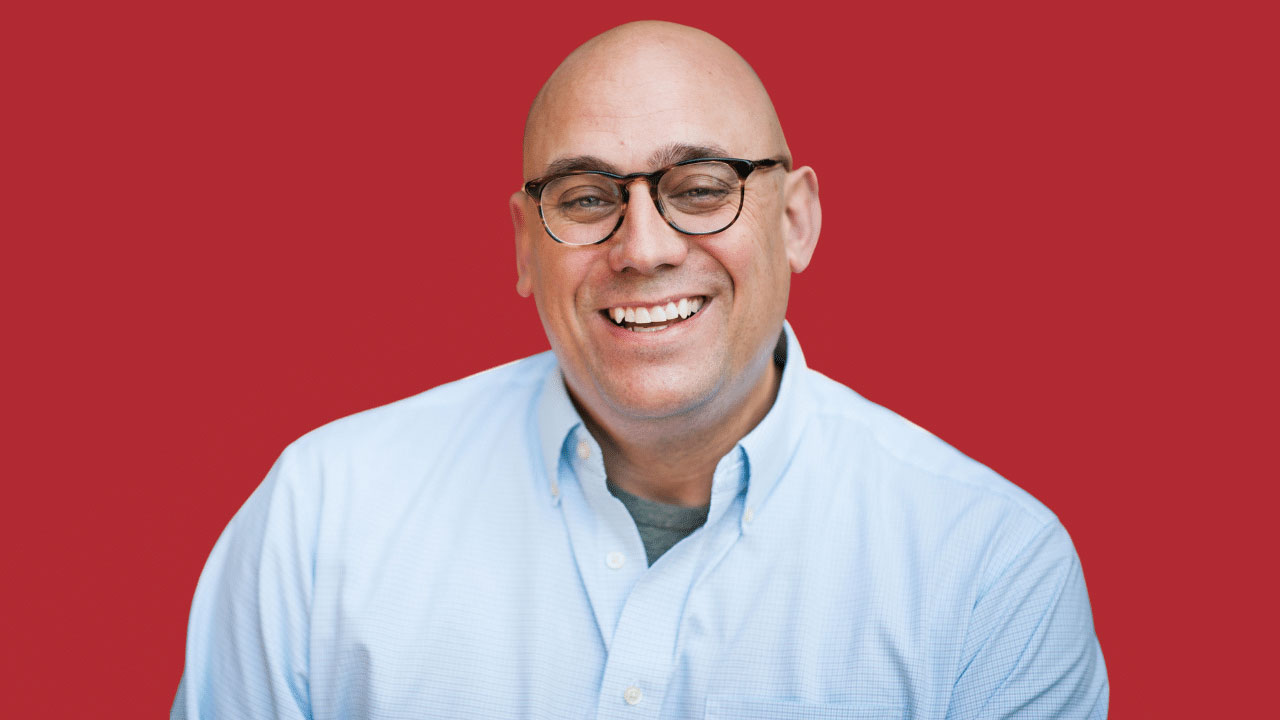Jon Noyes describes how he asks questions, talks about the common ground we share as sinners and people made in the image of God, and explains the truth about our sex and the hope of the gospel as he spends time getting to know people who identify as transgender.
Transcript
Question: What would be a Christ-honoring way to discuss the gospel with a transgender person?
Jon: The best way to get in the conversation is through questions. The Columbo tactic, if you don’t know, is from Greg Koukl’s book Tactics. I’m going to ask questions. I’m going to sit down. I’m going to get to know somebody. I’m going to talk to them. I’m going to ask them about what they believe and why they believe it, and, when there are inconsistencies over the course of time, I’m going to point those things out.
Now, if I’m strictly trying to get into the gospel presentation, I usually start with acceptance of the person, is where I start. I want the person to understand that I recognize them according to who they really are—according to the way that God recognizes them: bearers of his image, created special and unique, worthy of my love. I’m no better or no worse than them. Entailed in that is that I also recognize that they’re fallen and broken, and so, too, am I. That’s where I think the discussion starts. So, I recognize that we come on equal footing in the lofty ideals—that we’re made in the image of God—but we also come together on the lowest of the lows. We are both sinners.
I want to be clear with somebody up front, and I should be clear here. LGBTQ+ issues are not the most repulsive sins out there. My sin is ugly. All of our sin is ugly, and just because somebody’s wrestling with this, it doesn’t make them any more ugly than I am.
So, I relate to them in those ways—that, yes, I’m a sinner; I’m fallen, broken, desperate, in need of a rescuer. God has offered that rescue, and God has offered us a new identity. We don’t have to run to things that are waxing and waning up and down like gender ideologies to find our ultimate identity.
People, obviously, don’t repent on the spot. But, number one, I sound different than what they’re used to hearing because they’re on their Facebook or Twitter or Instagram feeds, and they’re seeing sound bites of Christians, and, because of the algorithms, if they’re following a lot of LGBTQ+ stuff, they see a lot of gnarly Christian people saying some gnarly stuff. Their image of us is misconstrued. I want to meet them where they’re at, and then I want to let them know the good news of Christ, but I’m going to say it in a way that they understand, that they can grasp. I’m not going to use a bunch of theological terms. I might not even say “sin.” I might just say, “Hey. The world is not as it ought to be. It wasn’t meant to be this way. We all know that inherently. We all know that.
We all navigate the world around us according to the same reality. The world is the same for me as it is for you. Now, we might believe different things, but reality doesn’t alter according to our beliefs. There was a video that went around a while ago where a gentleman visited college campuses and asked, “What if I told you I was a six-foot eight Asian woman?” Some people said, “Believe whatever you want.” But then he hit a point when he asked, “Well, what if I told you that I’m an eight-year-old kindergarten girl, and I want to go back to kindergarten.” “No.” Well, why is that? Because age is immutable. Well, so is our gender.
These are good ways to get into the conversation and offer a little education. But I usually do it through, first, common ground, and second, questions and getting to understand where they’re at. If you’re friends with the people, move slow. We are so used to getting on the freeways of life, and, so often, I find in my life that when you take somebody out to coffee, and you say, “I got two hours, three hours, to sit with you; I will sit with you all day,” just saying that lowers defenses. There’s no agenda. “Wow. You’re going to actually spend time to get to know me.” It opens up doors to dialogue.

